Autumn Detox Salad with Creamy Ginger-Cilantro Dressing (vegan)
Ali Segersten Nov 05, 2016 3 comments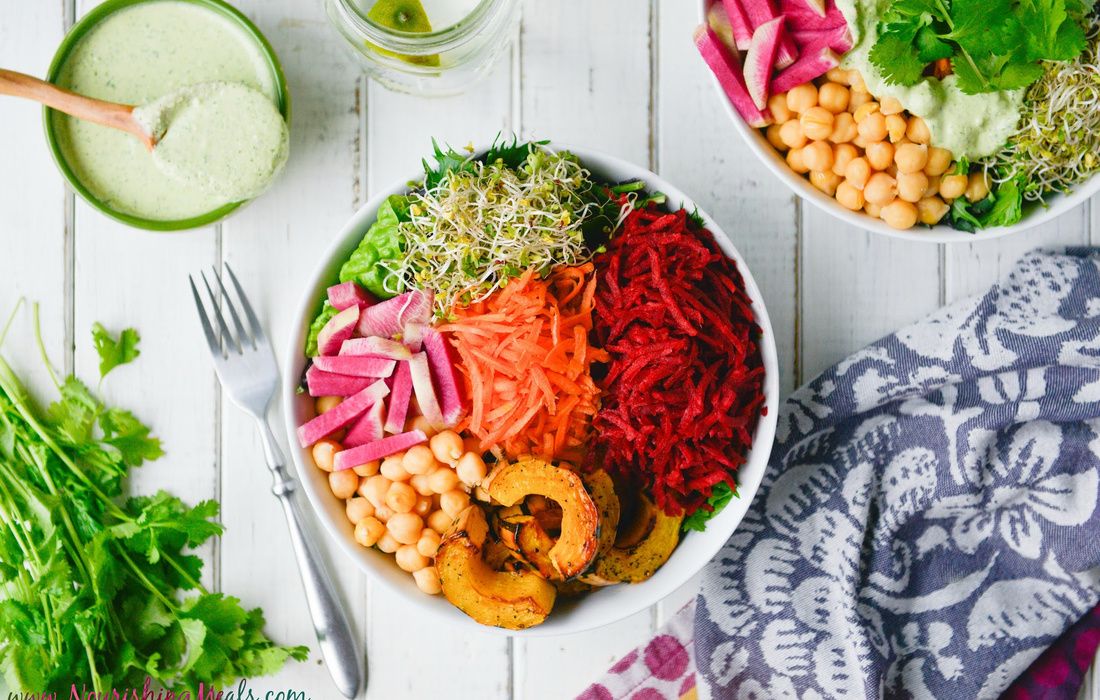
As the weather begins to cool and the light shifts, it’s natural to crave more grounding, cooked foods—soups, stews, and roasted vegetables that bring warmth from the inside out. For some people, this is exactly what their bodies need. But for others, maintaining a balance between raw and cooked foods can offer the perfect support for digestion, energy, and detoxification. We are each unique, and so our diets should be too.
This colorful and nutrient-dense salad provides key ingredients to support healthy detoxification. The dressing is delicious and versatile—it can be used as a dip for raw veggies or drizzled over your favorite salads. I’ve even used it to top steamed vegetables!
What is detoxification?
In functional medicine, detoxification is often referred to as biotransformation—because our bodies transform harmful substances into less harmful ones, and then work to excrete them. The effectiveness of this process varies from person to person, depending on factors like nutrient intake, genetics, and the types of toxins we're exposed to.
For example, if we’re exposed to persistent organic pollutants—chemicals so complex they recirculate repeatedly through the detoxification process—they can slow everything down, preventing the proper elimination of everyday toxins like mercury from dental fillings or alcohol. Persistent organic pollutants include substances such as dioxins, DDT, and PCBs.
DDT, an insecticide banned in the U.S. in 1972, is a good example. My mom has told me stories about how she and her siblings would run behind trucks spraying DDT in the 1960s because they liked the smell. Unfortunately, they had no idea how toxic it was. DDT has a half-life of up to 50 years, meaning it can be passed down from mother to child in utero and through breastfeeding. Because of this—and other factors—I’ve always needed to take extra care in supporting my detoxification pathways.
Toxins enter our bodies through the air we breathe, the food we eat, the water we drink, and even through our skin. Once inside, these substances must be transformed into less harmful forms and safely eliminated. This complex process happens in two main stages: Phase I and Phase II detoxification.
In Phase I, enzymes—primarily from the cytochrome P450 family—modify the toxin by adding a reactive chemical group, often a hydroxyl group. This process can actually make the compound more reactive and potentially more harmful, which is why it must be immediately followed by Phase II.
Phase II detoxification involves attaching a water-soluble molecule—such as glutathione, sulfate, glycine, or glucuronic acid—to the reactive compound. This step, known as conjugation, makes the toxin easier for the body to excrete through urine or bile.
But elimination doesn’t stop there. Once a toxin is conjugated, it still needs to leave the body—typically through sweat, urine, or feces. If you're eating a diet low in plant-based foods and fiber, and high in inflammatory or acidifying foods, your body may struggle to eliminate these toxins effectively. Without enough soluble fiber, for example, toxins excreted into the gut via bile can be reabsorbed into circulation, increasing your toxic load rather than reducing it.
This is one of the many reasons why a fiber-rich, plant-forward diet is so essential for long-term detoxification and overall health.
Detox Benefits of this Salad:
Beets:
The pigments in beets called betalains will increase GST (glutathione-S-transferase) activity. This allows for more glutathione to be connected to toxins. Glutathione is produced in our own bodies from three amino acids—cysteine, glycine, and glutamic acid—and is one of the most important detoxifying nutrients in the human body.
Greens:
Greens are a great source of natural folates. Folates are needed for the methylation pathway in your body. Methylation is the most ubiquitous cycle in the human body. We are always methylating, but there are many factors that can decrease the functioning of this incredibly important cycle. Genetics is one, of course, but so is the amount of toxins you are exposed to everyday. Your body will steal cysteine away from the methylation cycle in order to make more glutathione to process your toxins. When this happens, more substrates are needed to ramp up methylation (like folates from greens). Deficits in methylation are often found in children and adults with ADHD, autism, anxiety, depression as well as people with conditions that alter their digestion including those with celiac disease and people taking acid blocking medications. Greens and beans are both a great source for natural plant-based folates (especially 5-methyltetrahydrofolate), which help to ramp up methylation....so eat 'em up!
Garbanzo Beans:
Legumes, especially lentils, pinto beans, and garbanzo beans (chickpeas), are high in natural folates (though chicken liver is the highest source of natural folates). All types of legumes are high in soluble fibers, which are excellent for binding to toxins that are excreted in the bile. This would include many of the fat soluble toxins like DDT, PCBs, and other Persistent Organic Pollutants (POPs).
Carrots:
Carrots are rich in carotenoids, which act as an antioxidant in the body, donating electrons to those free radicals floating around causing damage! They are also an excellent source of pre-biotics that feed friendly bacteria in the gut. Researchers are estimating that up to 50% of detoxification actually happens from bacteria interacting with toxins in the gut!
Broccoli Sprouts:
All cruciferous vegetables are a rich source of sulfurophane, but broccoli sprouts tend to be the highest. Sulfurophane ramps up the creation of glutathione and many other antioxidant and detoxification compounds in our bodies.
Radishes:
All types of radishes are part of the cruciferous vegetable family (Brassicaceae family), like broccoli (and broccoli sprouts), cabbage, kale, arugula, cress, brussels sprouts, collards, and cauliflower. Radishes help to ramp up the body's own detoxification pathways. Radishes are also excellent for stimulating digestion! Whenever my digestion is feeling sluggish I'll eat a bunch of radishes to get back on track!
Winter Squash:
All types of winter squashes are high in soluble fibers, which help bind to toxins in the gut and safely excrete them. Winter squash also contains potassium and beta carotene to further assist in detoxification.

About the Author
Alissa Segersten, MS, CN
Alissa Segersten, MS, CN, is the founder of Nourishing Meals®, an online meal-planning membership with over 1,800 nourishing recipes and tools to support dietary change and better health. As a functional nutritionist, professional recipe developer, and author of The Whole Life Nutrition Cookbook, Nourishing Meals, and co-author of The Elimination Diet, she helps people overcome health challenges through food. A mother of five, Alissa understands the importance of creating nutrient-dense meals for the whole family. Rooted in science and deep nourishment, her work makes healthy eating accessible, empowering thousands to transform their well-being through food.Nourishing Meals Newsletter
Email updates.
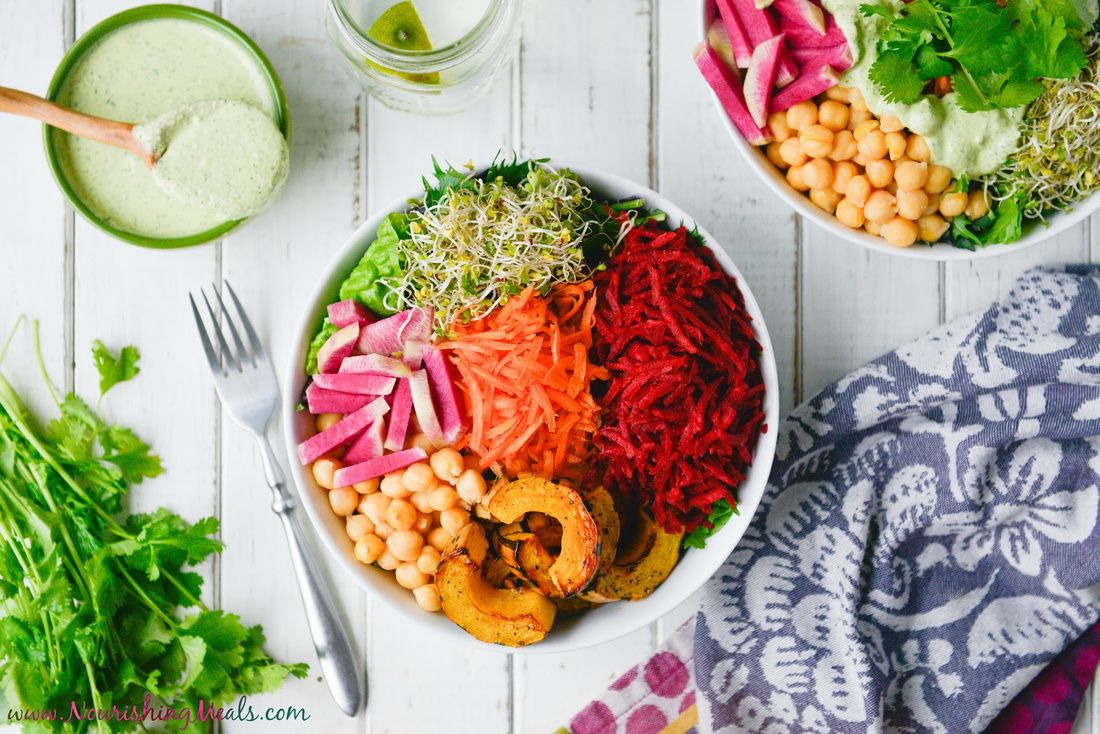
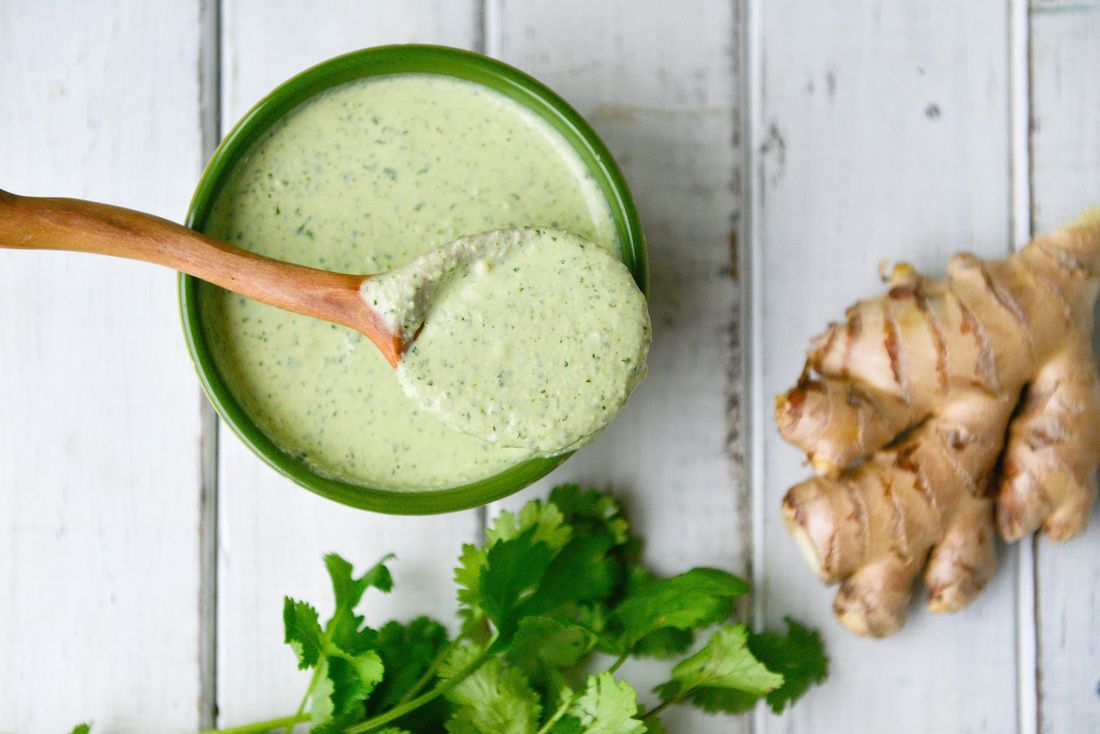

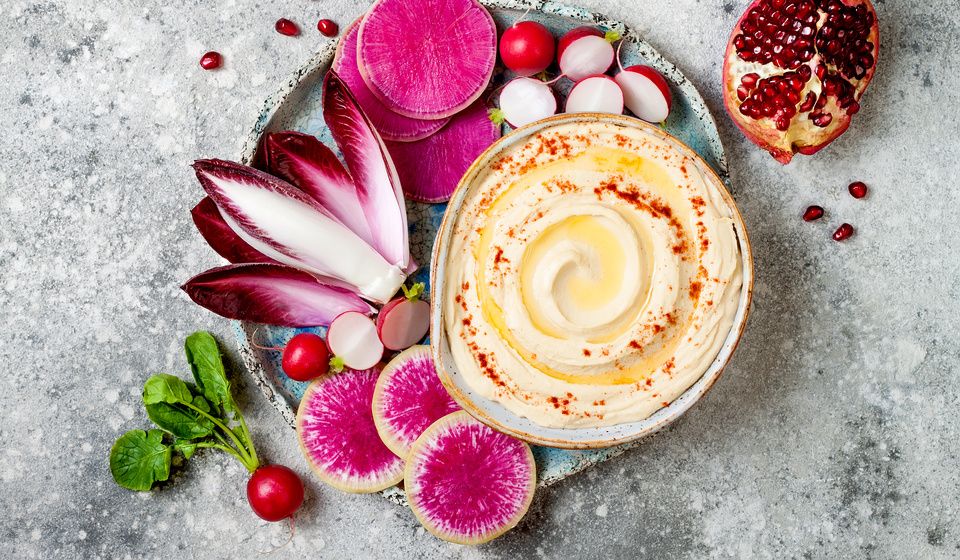

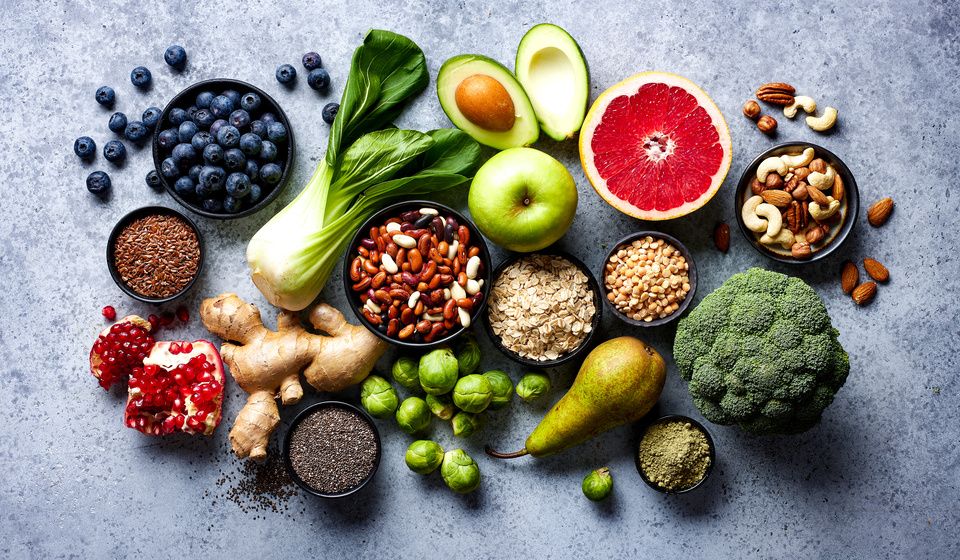
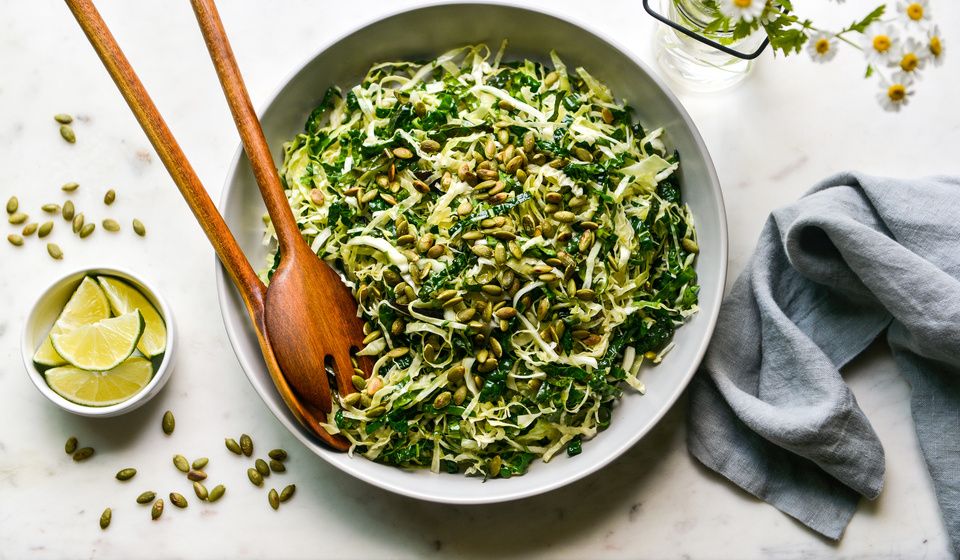
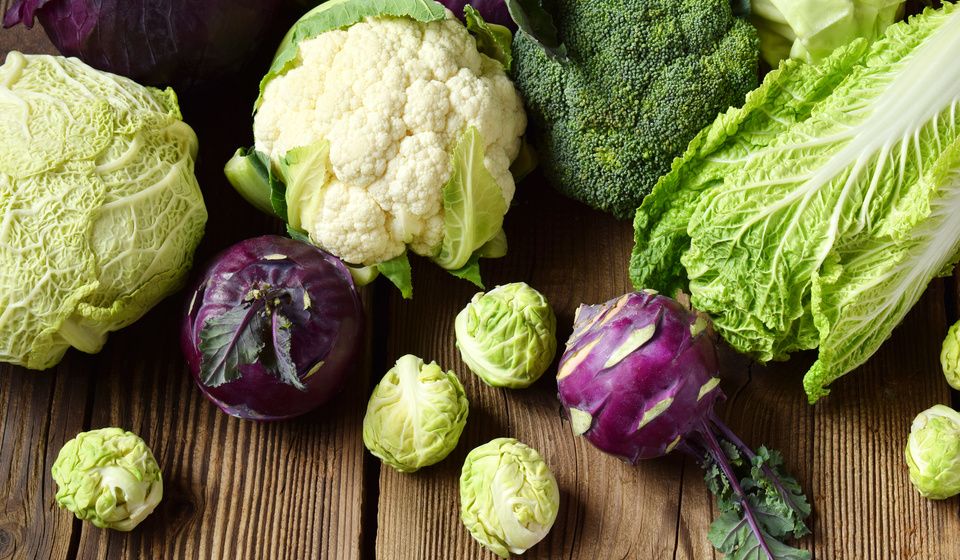

Add Comment
Comments
I have a question about the elimination of vinegar due to yeast concerns. I am confused because fermented vegetables are recommended. I thought that wild fermentation does involve yeast as well as bacteria. Is that incorrect? And it seems that if vinegar is distilled or otherwise not alive, yeast wouldn't be an issue. So we are concerned about the remains of yeast even if it can't reproduce?
I can't find coconut vinegar. I have a LOT of other vinegars that would be nice if we can't have citrus or nightshade.
I just made the dressing and it is so yummy! Thank you. I drizzled it over a bed of arugula, cooked black beans, and red and white quinoa. Thank you for the detox info. Definitely inspired me to eat more plant foods. Thx!
pure genius and looks so delicious!